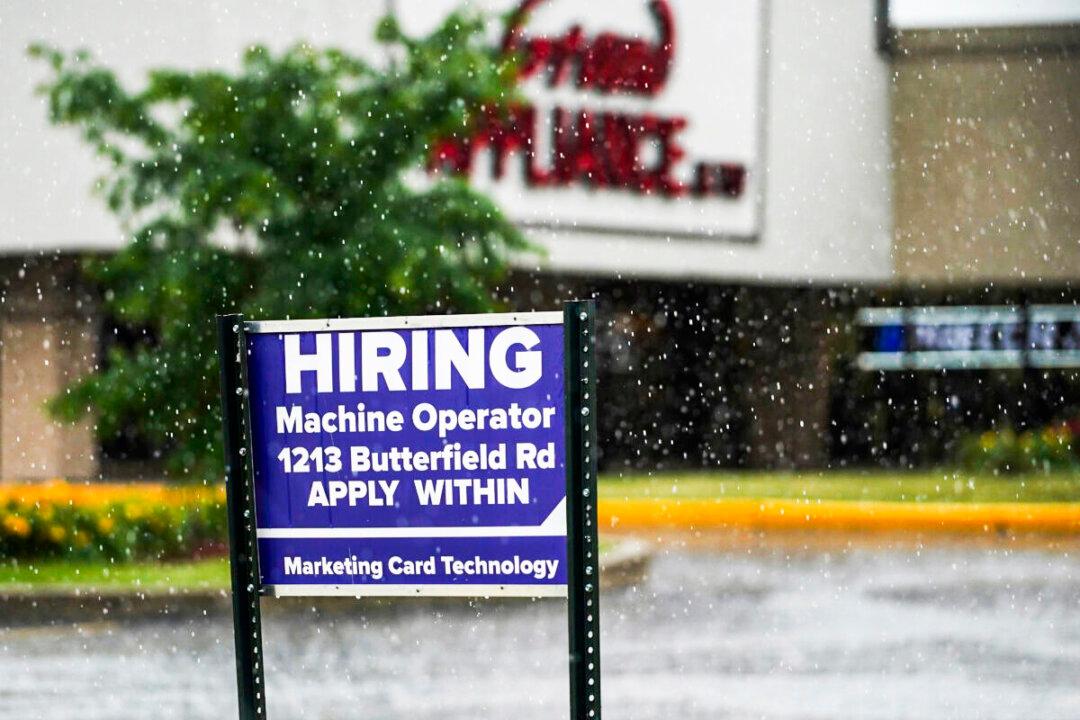Hiring difficulties may be on the horizon for U.S. firms amid a weak labor supply, according to the Bureau of Labor Statistics’ latest jobs report.
The bureau’s October jobs report, released Nov. 5, showed that employers added more than a half-million jobs in October, beating market expectations and painting a more positive picture of labor market recovery compared to the previous month.




